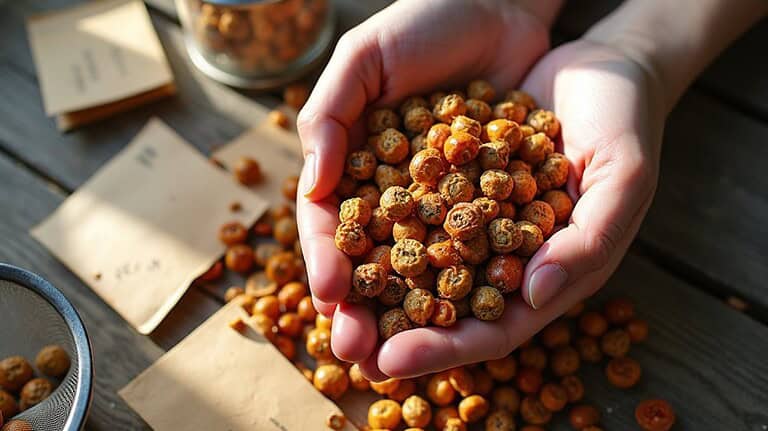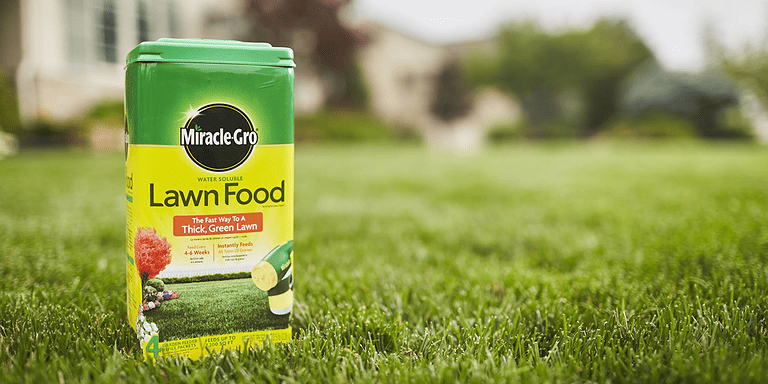Seed Storage Tips for Gardeners
Want seeds that actually sprout next spring? Clean and fully dry seeds from healthy, open‑pollinated plants, rub tiny ones gently and ferment tomatoes to remove pulp, then store bone‑dry in airtight jars or sealed bags with silica, labeled and dated; keep them cool (about 35–40°F) and dry (25–40% RH), watch for pests, and rotate older packets first. I love starting with beans—so easy—and if you stick with these tips, you’ll learn smart tricks for long-term success.
TLDR
- Dry seeds thoroughly (snap or shatter for small seeds) before storage to prevent mold and loss of viability.
- Store seeds cool and dry, ideally 35–40°F with 25–40% relative humidity for general collections.
- Use airtight containers (glass jars or vacuum-sealed packs) with silica packets to control moisture.
- Label packets with variety and date, rotate older seeds first, and periodically test germination.
- Keep storage dark, pest-free, and avoid temperature or humidity fluctuations to preserve longevity.
Preparing Seeds for Storage
Ready to treat your seeds like tiny backpackers getting packed for a big trip? You’ll clean off chaff, sort viable seeds by float or eye, and gently rub or sieve small ones so you don’t bruise them; soak tomatoes to remove pulp, then dry seeds in a thin layer until they snap or shatter, stash in airtight jars with desiccant, label, and freeze briefly to zap pests. Select seeds from healthy plants and prefer open-pollinated varieties when you want seeds that will breed true. Start with easy-to-save crops like beans or tomatoes to build confidence and learn proper techniques for long-term preservation.
Optimal Temperature and Humidity
You’ve prepped your seeds like tiny backpackers—clean, dry, and tucked into jars—so now let’s talk about where they should sleep and what kind of weather they like; think of seed storage as planning the perfect campsite: cool, dry, and steady.
Aim for about 35–40°F and 25–40% RH, avoid heat spikes or humidity, and seal them tight to prevent condensation. Long-term base collections are best kept much colder, typically at -18°C . Be sure to store seed packets away from pests and light in a protected storage area.
Choosing the Right Containers
Picking the right container for your seeds is a bit like choosing the perfect camping gear—you want something tough, organized, and that keeps the weather out, so your little seed “campers” won’t wake up soggy or squashed; I’ve used everything from glass jars to photo boxes, and each has its own perks depending on how many seeds you’ve got and how often you raid the pantry for planting plans.
Choose airtight jars for tiny batches, photo boxes for neat compartments and quick ID, plastic shoeboxes for cheap bulk, and metal boxes for durability—label, sort by year, and keep humidity out so seeds stay happy. Using airtight containers also helps prevent moisture and prolong seed viability during storage.
Pest Control and Prevention
Now that you’ve got your seed containers picked out like a pro camper packing gear—airtight jars for the tiny squad, photo boxes for the neat freaks, and metal tins for the rough-and-tumble types—let’s talk about keeping the whole campsite pest-free so your seeds don’t turn into a buffet.
Clean thoroughly, seal gaps, keep seeds cool and dry, monitor often, use diatomaceous earth or vacuum sealing, and act fast if you spot trouble. DE is a natural powder that can dehydrate pests on contact, so consider applying food-grade DE in dry, low-traffic areas as a non-chemical barrier.
Long-Term Storage and Rotation
If you treat your seed stash like a long-term camping trip—packing the right gear, keeping things dry, and rotating supplies—you’ll save yourself a lot of sad, soggy surprises later on.
Store thoroughly dried seeds in airtight jars with silica packets, keep them cool and dark, label dates, test germination now and then, and use older packets first; freeze only bone-dry seeds, slowly thaw.
Overall
You’ve got this—clean, dry seeds tucked into labeled, airtight containers will thank you later, and you’ll thank yourself when seedlings pop up next spring; store them cool and dry, check humidity and pests now and then, and rotate older seeds forward so nothing sulks too long in the dark. Think of seed saving like packing for a camping trip: plan, protect, and prep, and you’ll have reliable, cheerful plants ready for excursion.


